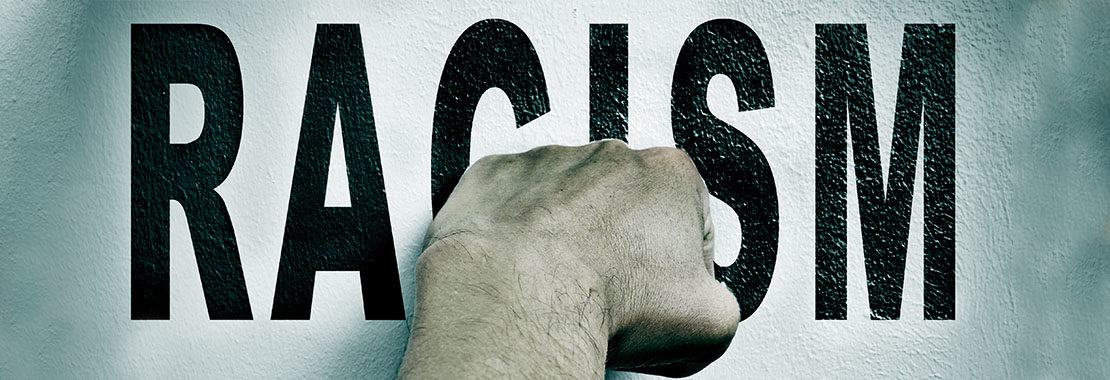Author: Emily Farris, Texas Christian University
HBO’s Watchmen (a retelling of a 1986 DC Comics series, if you don’t know) might be a surreal and alternative history, but as Matt Miller in Esquire points out, the show opens with a history too few Americans know, the Tulsa Massacre of 1921.
The opening episode shows planes dropping bombs on Black Wall Street – an African American and affluent neighborhood of Greenwood in Tulsa, Oklahoma. Beginning on May 31, 1921, the Black community was attacked and terrorized in the “single worst incident of racial violence in American history,” in which white supremacists murdered hundreds of African Americans (although the exact count is still unknown, as the community searches for mass graves) and ransacked and razed the community.
Too few Americans know this genocide, as white owned newspapers buried the story and white scholars wrote history textbooks that ignored and erased African Americans in U.S. history. In 2021, it will be the 100th anniversary of the Tulsa Massacre. It is time we acknowledge and commemorate the events in Tulsa (and elsewhere, like Wilmington, North Carolina in 1898 as Dr. LeCount pointed out on Twitter) and their role in our politics. When I discuss the Tulsa Massacre in my upper level Urban Politics class, only a handful of students have ever even heard of the event.
In an Introduction to American Politics class, you could add information and a discussion of the Tulsa Massacre to your unit on Civil Rights (although discussions of race should never be limited to just the chapter on civil rights). Often I find that some of my students assume a slow but linear path of progress from the U.S. Civil War to the Voting Rights and Civil Rights Acts of the 1960’s. Carefully discussing events of racial violence in the early 20th century, like the Red Summer of 1919, helps students understand the violence of white supremacy in our country and better understand the quest for African American civil rights.
Some ideas for a class including information on the Tulsa Massacre. You could:
- share this first hand account of the Tulsa Massacre by eyewitness, B.C. Franklin.
- show the video below of Dr. Carol Anderson of Emory University discussing the Tulsa Massacre and its larger context in American politics and racial history.
- listen to the last surviving witness of the Tulsa Massacre, Olivia Hooker.
- use information and images from this thread on the Tulsa Massacre from the Smithsonian National Museum of African American History & Culture in your lecture.
- talk about the ways Tulsa’s African American community resisted and rebuilt and, how they have advocated for overdue recognition of the massacre and amends by the city. You could discuss the search for mass graves (links above – thanks Dr. Jordan Kyle for one of the suggestions).
- assign this longer video on the event for students to watch outside of class to fully understand the event or a podcast by the American History Tellers (thanks Sally Woolley for the podcast recommendation) and ask students to explore the website of the Tulsa Historical Society and Museum which has more information.

